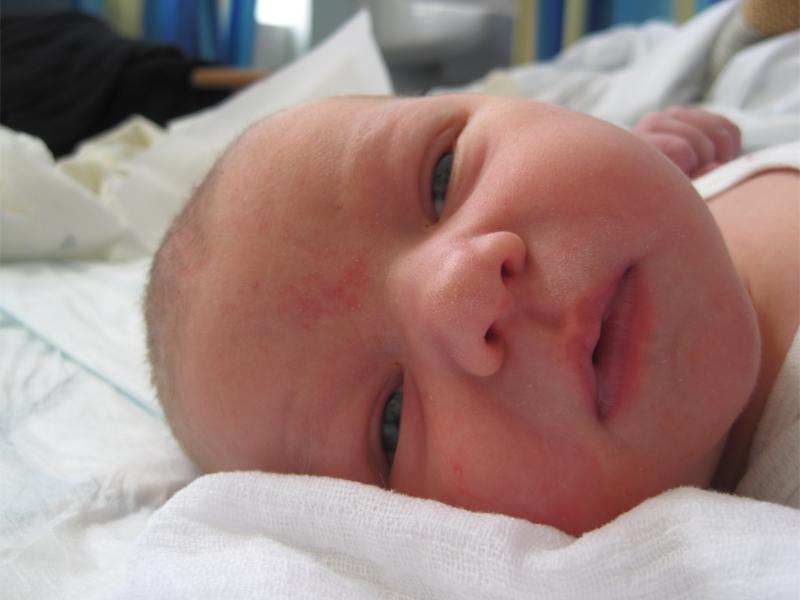In a conventional superconductor, the electronic fluid cannot be resolved into individual electrons. Instead, it consists of bound pairs of electrons
known as Cooper pairs. This pairing is caused by an attractive force between electrons from the exchange of phonons. Due to quantum mechanics, the
energy spectrum of this Cooper pair fluid possesses an energy gap, meaning there is a minimum amount of energy ΔE that must be supplied in order
to excite the fluid. Therefore, if ΔE is larger than the thermal energy of the lattice, given by kT, where k is Boltzmann's constant and T is the
temperature, the fluid will not be scattered by the lattice. The Cooper pair fluid is thus a superfluid, meaning it can flow without energy
dissipation.
In a class of superconductors known as type II superconductors, including all known high-temperature superconductors, an extremely small amount of
resistivity appears at temperatures not too far below the nominal superconducting transition when an electric current is applied in conjunction with a
strong magnetic field, which may be caused by the electric current. This is due to the motion of vortices in the electronic superfluid, which
dissipates some of the energy carried by the current. If the current is sufficiently small, the vortices are stationary, and the resistivity vanishes.
The resistance due to this effect is tiny compared with that of non-superconducting materials, but must be taken into account in sensitive
experiments. However, as the temperature decreases far enough below the nominal superconducting transition, these vortices can become frozen into a
disordered but stationary phase known as a "vortex glass". Below this vortex glass transition temperature, the resistance of the material becomes
truly zero. |


 Stacked so perfectly unit by unit, thats' why I enjoy them.
Stacked so perfectly unit by unit, thats' why I enjoy them.










